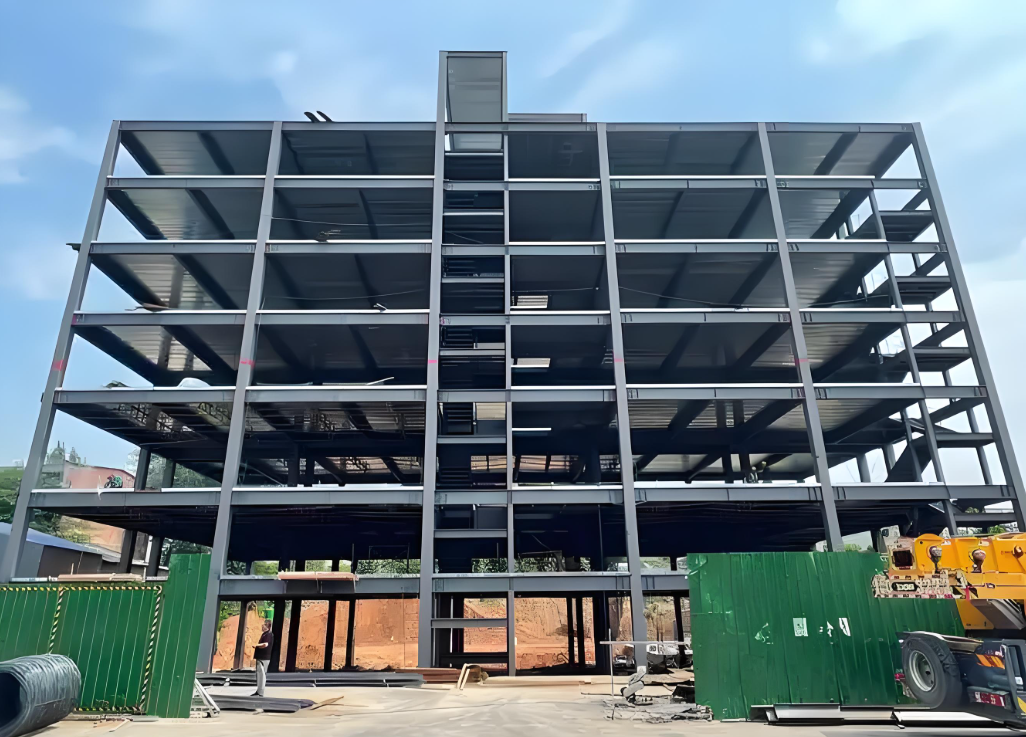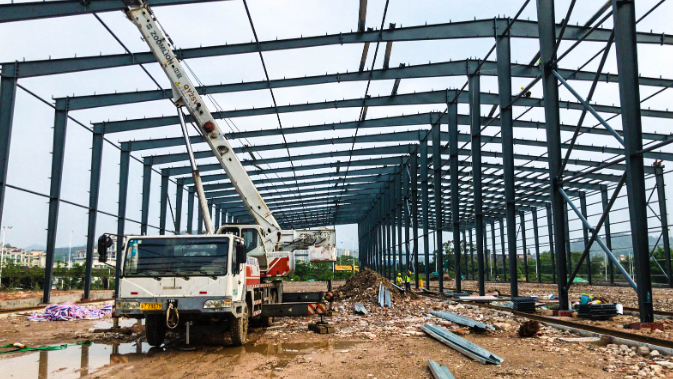Advantages of Steel Structure Factory Buildings

Seismic Performance of Steel Structures: Most roofs of low-rise villas are sloped. Therefore, the roof structure typically employs a triangular roof truss system made of cold-formed steel components. After sealing with structural panels and gypsum boards, this forms a highly robust "ribbed structural system," which offers stronger resistance to earthquakes and horizontal loads, making it suitable for regions with seismic intensities of 8 degrees or higher.
Wind Resistance of Steel Structures: Steel structures are lightweight, high-strength, and possess excellent overall rigidity and deformation capacity. The weight of such buildings is only one-fifth that of brick-concrete structures, and they can withstand hurricanes of up to 70 meters per second, effectively protecting life and property.
Durability: The structural framework of steel buildings is composed of cold-formed thin-walled steel components. The steel skeleton is made of super-corrosion-resistant, high-strength cold-rolled galvanized steel plates, effectively preventing corrosion during construction and use, thereby extending the lifespan of the steel components. The structural lifespan can reach up to 100 years.
Thermal Insulation: The insulation material used is primarily fiberglass wool, which provides excellent thermal insulation. Exterior wall insulation panels effectively avoid "thermal bridging" in walls, achieving superior insulation. An R15 insulation cotton layer with a thickness of approximately 100mm offers thermal resistance equivalent to a 1m-thick brick wall.
Sound Insulation: Sound insulation is a critical indicator for evaluating buildings. Windows installed in steel systems are made of insulated glass, providing sound insulation exceeding 40 decibels. Walls constructed with steel frames and insulated gypsum boards can achieve sound insulation of up to 60 decibels.

Hygiene: Dry construction methods reduce waste pollution to the environment. Steel materials in buildings are 100% recyclable, and most auxiliary materials can also be recycled, aligning with modern environmental awareness. All materials are green building materials, meeting ecological standards and promoting health.
Comfort: Steel structure walls utilize high-efficiency energy-saving systems with breathable functions to regulate indoor air humidity. Roofs feature ventilation functions, creating airflow within the house to ensure ventilation and heat dissipation.
Speed: Entirely dry construction is unaffected by seasonal conditions. A building of approximately 300 square meters can be completed from foundation to finishing by just five workers in 30 working days.
Eco-Friendliness: Materials are 100% recyclable, truly green, and pollution-free.
Energy Efficiency: All walls employ high-efficiency energy-saving designs with excellent thermal insulation and soundproofing, achieving 50% energy-saving standards.
Features of Steel Structure Projects:
Lightweight steel structures.
High reliability in steel structure engineering.
Steel offers excellent vibration (shock) and impact resistance.
High industrialization level in steel structure manufacturing.
Precision and rapid assembly of steel structures.
Spacious interior layouts.
Ease of creating sealed structures.



